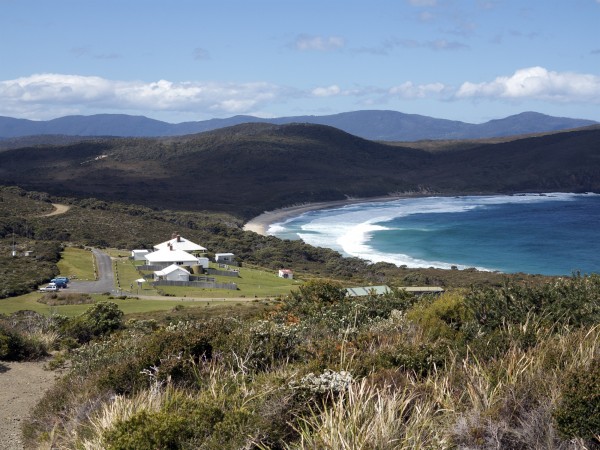
Tasmania: Tourism industry to fight back resource extraction in protected areas
“The Tasmanian Wilderness World Heritage Area protects one of the last true wilderness regions on Earth and encompasses a greater range of natural and cultural

“The Tasmanian Wilderness World Heritage Area protects one of the last true wilderness regions on Earth and encompasses a greater range of natural and cultural
The official web site of the World Conservation Monitoring Centre (WCMC) with the most complete global overview on protected areas. Information, where the world stays

The International Union for Conservation of Nature (IUCN) is the largest conservation body combining governmental- and non-governmental organizations. Its World Commission on Protected Areas (WCPA) sets
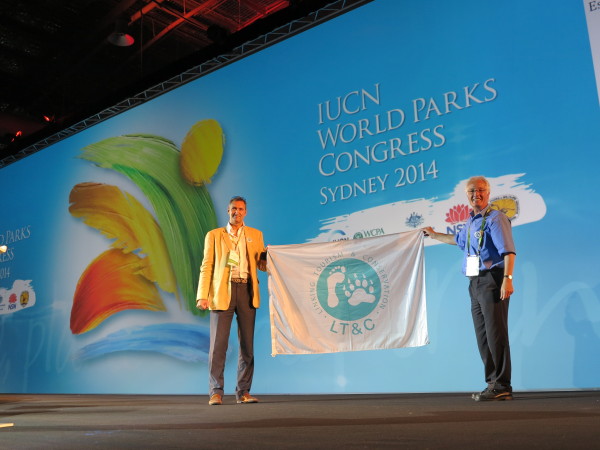
Increasing the number of visitors to protected areas can be an effective tool for conservation and community development, provided well-functioning management systems are in place,
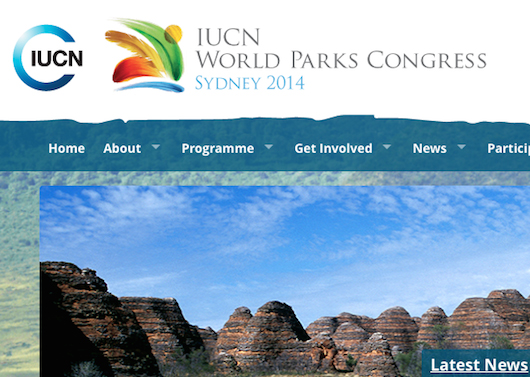
[metaslider id=722] The IUCN World Parks Congress 2014 was a landmark global forum on protected areas. The Congress was sharing knowledge and innovation, setting the agenda for

The Eleventh Meeting of the Conference of the Parties to the Convention on the Conservation of Migratory Species of Wild Animals (CMS COP11) will be
“Promoting the widespread adoption of global sustainable tourism standards to ensure the tourism industry continues to drive conservation and poverty alleviation” The Global Sustainable Tourism
The European Wilderness Society is a Pan-European, wilderness and environmental advocacy organisation whose mission is to identify, designate, manage and promote European wilderness. The engaged
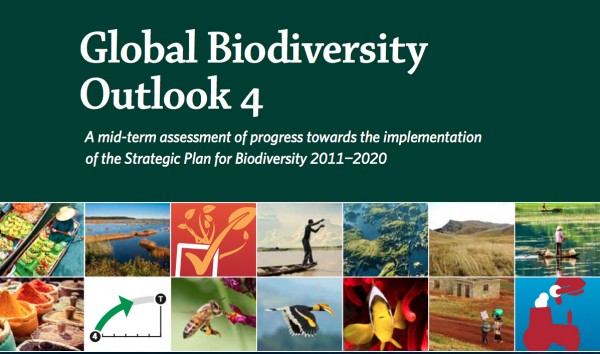
UN report calls for bold and accellerated global action to meet biodiversity targets by 2020. Bold and innovative action is urgently required if governments are
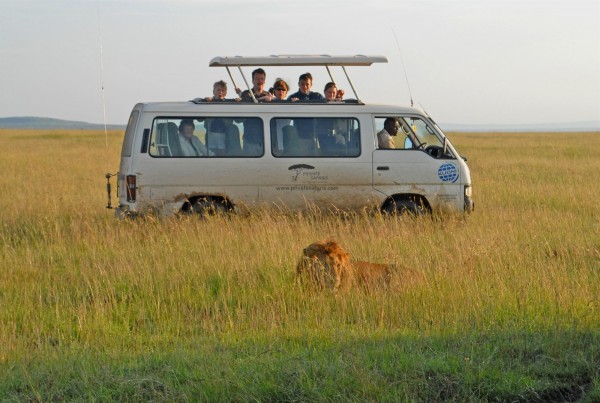
Humans and the rest of biodiversity are critically linked and interdependent. The need for the conservation of diversity of natural habitats and ecosystems on earth
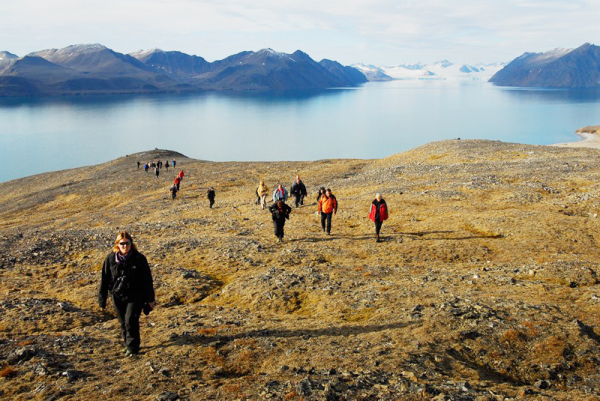
Svalbard is the cradle of LT&C. The following description is the story of an impressive example that highlights how cooperation between tourism and conservation resulted
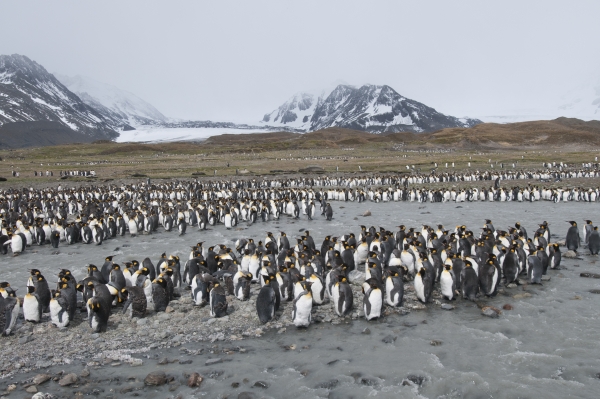
For the last two centuries seabird colonies on the Sub-Antarctic islands of South Georgia were nearly decimated by non-native rats and mice. Whalers and Sealers beginning
Looking for something specific? Try the search function below
© Linking Tourism & Conservation (LT&C) 2019
We are grateful that you support the work and mission of LT&C! We accept donations through Credit Card, PayPal or international bank transfer:

Donate through Credit Card
Please click the Donate button and then choose your PayPal account
Bank details:
Cultura Sparebank
Pb. 6800, St. Olavs plass
N-0130 Oslo
Name: Linking Tourism & Conservation,
Account no.: 1254 05 95168
IBAN: NO8712540595168
BIC/SWIFT: CULTNOK1
Routing BIC: DNBANOKK
Please mark payments with your name and/or email address
Sign up for an LT&C membership by filling in the details below.
Would you like your LT&C-Example/Initiative to be listed on our website? Please fill in the form below.